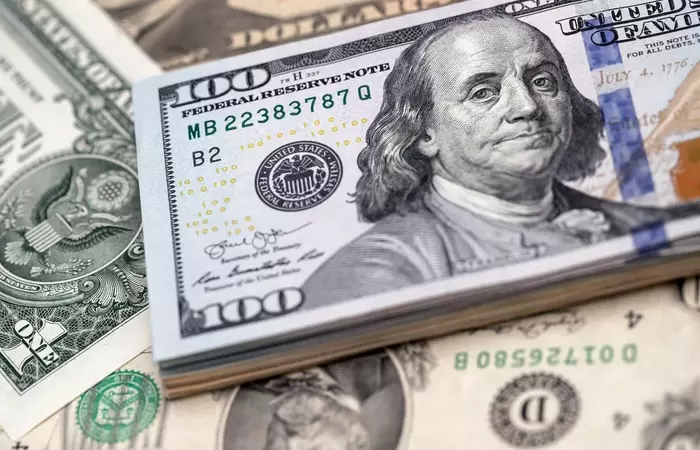

De-dollarisation exercise: Will the momentum continue?
With the US staring at a debt default, dominance of the American dollar on the world stage may soon be a thing of the past. The de-dollarisation exercise started as a mechanism to deal with alternative payment systems amid stringent sanctions on Russia but now with threats of the US debt default rising, countries are aggressively exploring solutions which are more permanent in nature. India’s rupee and China’s yuan are starting to gain global acceptance despite multiple teething issues. Policymakers said that such “issues” are natural to emerge.
“These are problems real issues, we don’t deny and in the case of rupee, we will have to resolve them to make the Indian currency more acceptable,” a senior government official told India Narrative.
The US dollar is the most traded currency in the foreign exchange market.
Globally on an average, the US dollar makes up for about $6.6 trillion of daily trade, Forex.com said. The currency also accounts for the largest share of foreign exchange reserves held by central banks around the world.
“There is a risk when we use financial sanctions that are linked to the role of the dollar that over time it could undermine the hegemony of the dollar,” US Treasury Secretary Janet Yellen told CNN last month.
If the US debt ceiling – the maximum amount that a country can borrow — is not increased immediately, the US could actually default.
Meanwhile American lawmakers are yet to reach a consensus on the issue of raising the debt ceiling.
The total national debt as of January 2023 stood at $31.4 trillion. The debt to GDP ratio was 129 per cent in 2022, as per Trading Economics. The Republican members are vehemently opposed to increasing the debt ceiling until Washington approves massive cuts in spendings.
“We’ve not reached the crunch point yet but there’s real discussion about some changes we all could make,” US President Joe Biden said on Saturday. “But we’re not there yet,” he added.
While dedollarisation has been on the radar for many countries, the US currency continued its dominance in the global economy for decades. “But with the sanctions on Russia and then the shift in global order along with US debt crisis have now made it amply clear to the countries including the emerging economies that they need to have alternatives in place to mitigate risks,” the government official said.
Take the example of the BRICS (Brazil, Russia, India, China and South Africa) bloc. The bloc– now set to expand with several other countries coming in, has indicated that it will work on creating its own currency system. The imminent expansion of the BRICS bloc is an indication of a shift of geopolitical power play and the steady erosion of US dominance.
While the world is closely watching the developments in the US, analysts said that irrespective of whether or not Washington defaults, the dedollarisation exercise is a reality.
Also read: Russia has options to use Indian rupees, FDI and government securities offer new avenues
Prime Minister Narendra Modi on Tuesday held a telephonic conversation with Union Home Minister Amit…
Prime Minister Narendra Modi landed in Jeddah on Tuesday for a two-day State visit to…
Lauding the "deep connection" between the United States and India, US Vice President JD Vance…
Indian Minister of Power and Housing Affairs, Manohar Lal Khattar, visited the Arun-III Hydel Project,…
The body of the late Pope Francis will be transferred to St. Peter's Basilica on…
The case of Baloch human rights activist Dr Mahrang Baloch has been officially accepted for…